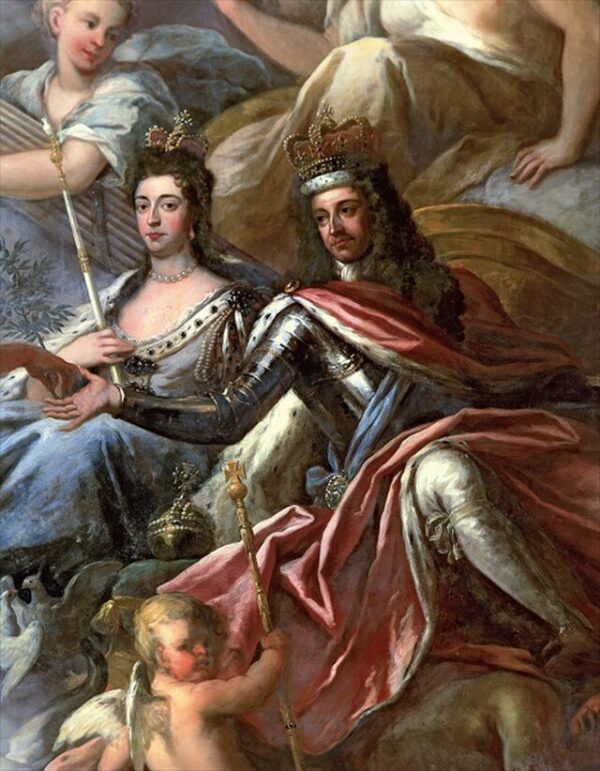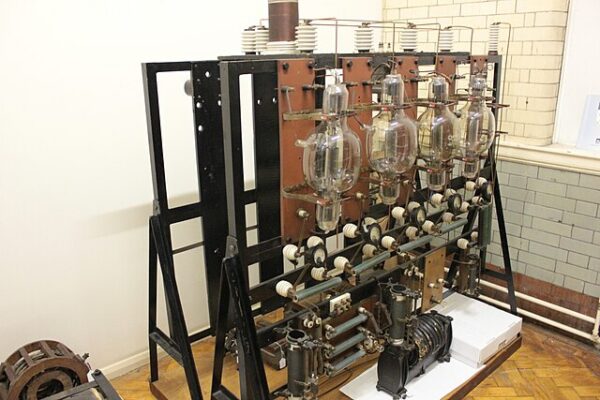William III and Mary II’s joint coronation as sovereigns of Great Britain marked a pivotal moment in English history, ushering in a new era of constitutional monarchy and political stability. Their ascension to the throne in 1689 came amidst the tumultuous backdrop of the Glorious Revolution, a bloodless coup that saw the overthrow of Mary’s father, King James II.
The reign of James II had been fraught with tension and conflict, primarily due to his staunch Catholicism and autocratic tendencies. Fearing the erosion of Protestant liberties and the prospect of a Catholic succession, a group of English nobles invited William, Mary’s husband and the stadtholder of the Dutch Republic, to invade England. This invitation was extended with the understanding that William would uphold Protestantism and the principles of parliamentary sovereignty.
In November 1688, William’s fleet landed at Torbay, Devon, and he swiftly gained support from key figures within the English establishment. James II’s authority crumbled in the face of widespread desertions and defections, and he fled to France, effectively abdicating the throne. The events of the Glorious Revolution were met with minimal resistance, earning the epithet “glorious” due to the absence of significant bloodshed.
In the aftermath of James II’s flight, the English Parliament convened to address the question of the monarchy. Rather than declare a republic or reinstate James II, Parliament recognized the legitimacy of William and Mary’s joint rule. This decision was enshrined in the Bill of Rights of 1689, which not only confirmed the couple as joint sovereigns but also established crucial constitutional principles, such as the supremacy of Parliament, the right to petition the monarch, and the prohibition of excessive fines and cruel and unusual punishment.
On April 11, 1689, William III and Mary II were formally crowned as joint monarchs of England, Scotland, and Ireland in a grand ceremony at Westminster Abbey. The coronation symbolized the triumph of parliamentary authority over monarchical absolutism and cemented the constitutional settlement that would shape British governance for centuries to come.
The coronation itself was a lavish affair, meticulously choreographed to showcase the legitimacy and continuity of the new regime. William and Mary were anointed and crowned together, signifying their equal partnership in ruling the realm. The ceremony also incorporated elements of traditional coronations, such as the taking of oaths to uphold the laws and customs of the land.
Despite the outward pomp and pageantry, William and Mary’s reign was not without its challenges. They faced opposition from Jacobite sympathizers, who remained loyal to the exiled James II and sought to restore the Stuart dynasty to the throne. Additionally, tensions simmered between William and Mary over matters of governance and foreign policy, with William often taking the lead in military and diplomatic affairs.
However, despite these tensions, William and Mary’s reign witnessed significant achievements, both domestically and internationally. They presided over the passage of key legislative reforms, including the Toleration Act of 1689, which granted religious freedom to Protestant dissenters, and the Triennial Act of 1694, which mandated regular parliamentary elections. On the international stage, they waged successful wars against France, securing England’s position as a leading European power.
In many ways, William and Mary’s joint coronation symbolized a new chapter in English history, characterized by the supremacy of law and the primacy of parliamentary governance. Their reign laid the foundation for the modern British constitutional monarchy, marking a decisive shift away from absolute monarchy towards a system of shared sovereignty and accountable government.






